With 19 World Sidecar Titles and significant Grand Prix success in the 1950s, the BMW Rennsport is a technical tour-de-force, and the ultimate expression of a BMW one could actually purchase from the factory. While roadster BMWs through the late 1960s could be fast and reliable sport-touring machines, devotees of the German marque with more heat in their veins have always lusted after the RS54 as the only flat-twins able to hold their own against the very best of its British and Italian rivals. What made the machine so good? For a start, the chassis was state of the art, lightweight oval-section tubing. The rear swingarm housed the compact casting of the driveshaft aft of its four-speed gearbox. With the light but strong Earles fork, the RS chassis was a fraction of the weight of their road-legal cousins. The RS engine differed significantly from the roadster, and not merely in the adoption of twin overhead camshafts. The pressed-up crankshaft ran in 3 main bearings, the rear utilizing barrel-shaped rollers to accommodate any radial flexing of the crank while under the tremendous forces of acceleration and deceleration. The crankshaft lubricated its big end bearing through a clever set of grooves and 'slingers', to obviate the potential weakness of a crankshaft drilled with oilways. The twin-cam system is different from any other DOHC setup, utilizing a drive shaft to turn the exhaust camshaft, which is geared to turn the inlet cam. The two cams sit between the valve stems, and use short rockers (on a 1:1 or 'flat' ratio) to push the valves open. The overall effect of this clever and compact arrangement was a cylinder head scarcely taller than BMW's pushrod engines; essential to prevent 'grounding' of the protruding cylinders while racing. The overall weight of this impressive racer was a mere 160kg (286lb). This BMW RS54 with distinctive Bartl-style 'duckbill' fairing, bears engine and chassis #549012, which has been modified with a short-stroke (75x72mm) crankshaft, using 9.8:1 compression pistons in 'Nikasil' plated aluminum bores. The inlet valve is 42.5mm, the exhaust 38mm, and carburetion is by 35mm Dell'Orto SS1 instruments. The cylinder heads bear twin-plug ignition (as used on the late Works machines). The oil sump is magnesium, and the tachometer (Smiths 12k rpm 4:1) is spun by a 90 degree drive at the timing chest. The gearbox is a 5 speed, connected to a 'Works'-type exposed drive shaft. The front brake is an RS54 twin-leading shoe, while the rear brake is a later hydraulic drum as used especially on sidecar racers. According to documents supplied by Mr. Bern Staschel of Bremerhaven, Germany, 'This machine was assembled in the 1970s largely from original spare parts, by Mr. Freidrich W. Staschel. Since 1984, Bern Staschel raced this RS54 at many German national and international vintage racing events.'
With 19 World Sidecar Titles and significant Grand Prix success in the 1950s, the BMW Rennsport is a technical tour-de-force, and the ultimate expression of a BMW one could actually purchase from the factory. While roadster BMWs through the late 1960s could be fast and reliable sport-touring machines, devotees of the German marque with more heat in their veins have always lusted after the RS54 as the only flat-twins able to hold their own against the very best of its British and Italian rivals. What made the machine so good? For a start, the chassis was state of the art, lightweight oval-section tubing. The rear swingarm housed the compact casting of the driveshaft aft of its four-speed gearbox. With the light but strong Earles fork, the RS chassis was a fraction of the weight of their road-legal cousins. The RS engine differed significantly from the roadster, and not merely in the adoption of twin overhead camshafts. The pressed-up crankshaft ran in 3 main bearings, the rear utilizing barrel-shaped rollers to accommodate any radial flexing of the crank while under the tremendous forces of acceleration and deceleration. The crankshaft lubricated its big end bearing through a clever set of grooves and 'slingers', to obviate the potential weakness of a crankshaft drilled with oilways. The twin-cam system is different from any other DOHC setup, utilizing a drive shaft to turn the exhaust camshaft, which is geared to turn the inlet cam. The two cams sit between the valve stems, and use short rockers (on a 1:1 or 'flat' ratio) to push the valves open. The overall effect of this clever and compact arrangement was a cylinder head scarcely taller than BMW's pushrod engines; essential to prevent 'grounding' of the protruding cylinders while racing. The overall weight of this impressive racer was a mere 160kg (286lb). This BMW RS54 with distinctive Bartl-style 'duckbill' fairing, bears engine and chassis #549012, which has been modified with a short-stroke (75x72mm) crankshaft, using 9.8:1 compression pistons in 'Nikasil' plated aluminum bores. The inlet valve is 42.5mm, the exhaust 38mm, and carburetion is by 35mm Dell'Orto SS1 instruments. The cylinder heads bear twin-plug ignition (as used on the late Works machines). The oil sump is magnesium, and the tachometer (Smiths 12k rpm 4:1) is spun by a 90 degree drive at the timing chest. The gearbox is a 5 speed, connected to a 'Works'-type exposed drive shaft. The front brake is an RS54 twin-leading shoe, while the rear brake is a later hydraulic drum as used especially on sidecar racers. According to documents supplied by Mr. Bern Staschel of Bremerhaven, Germany, 'This machine was assembled in the 1970s largely from original spare parts, by Mr. Freidrich W. Staschel. Since 1984, Bern Staschel raced this RS54 at many German national and international vintage racing events.'
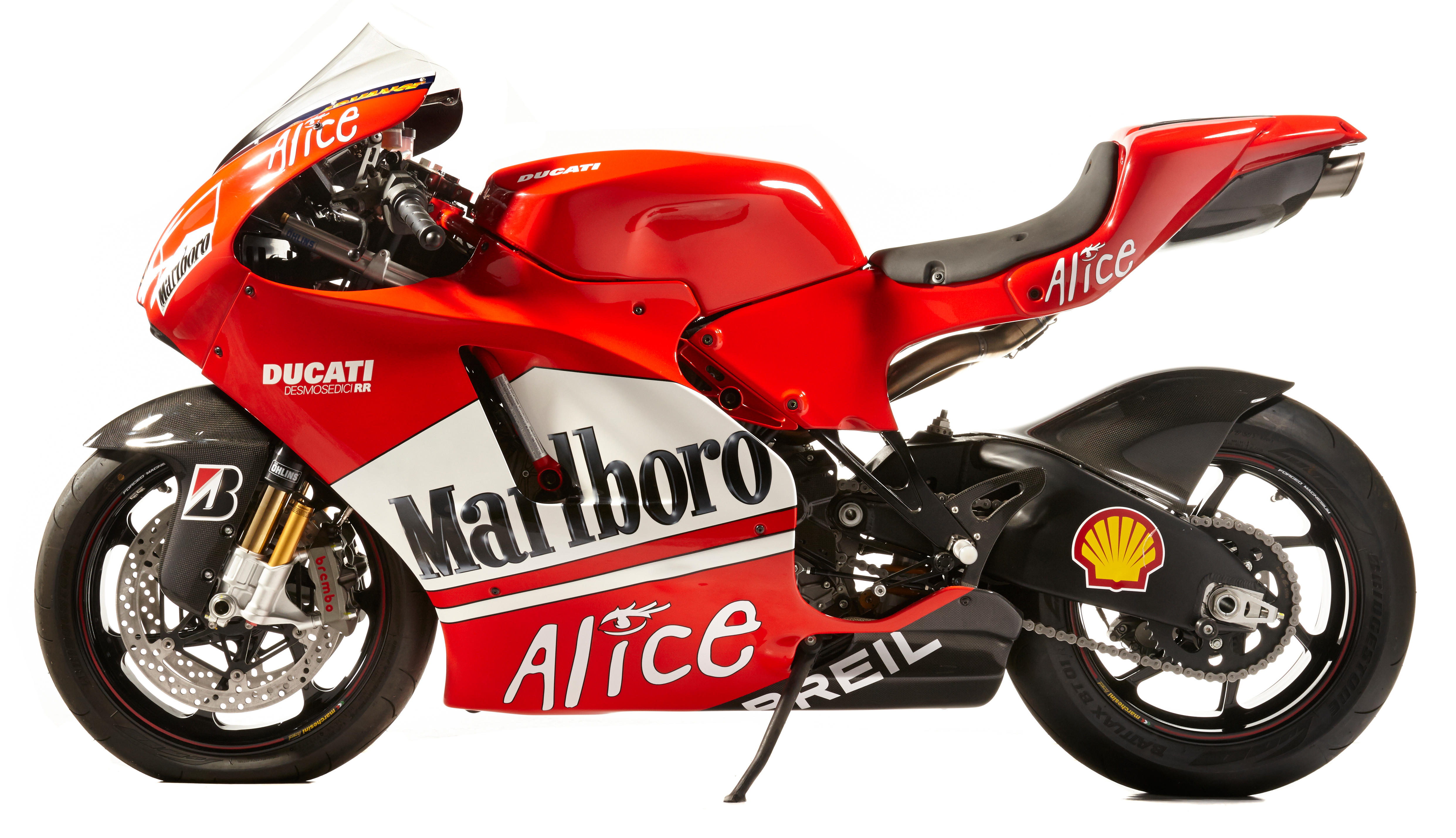
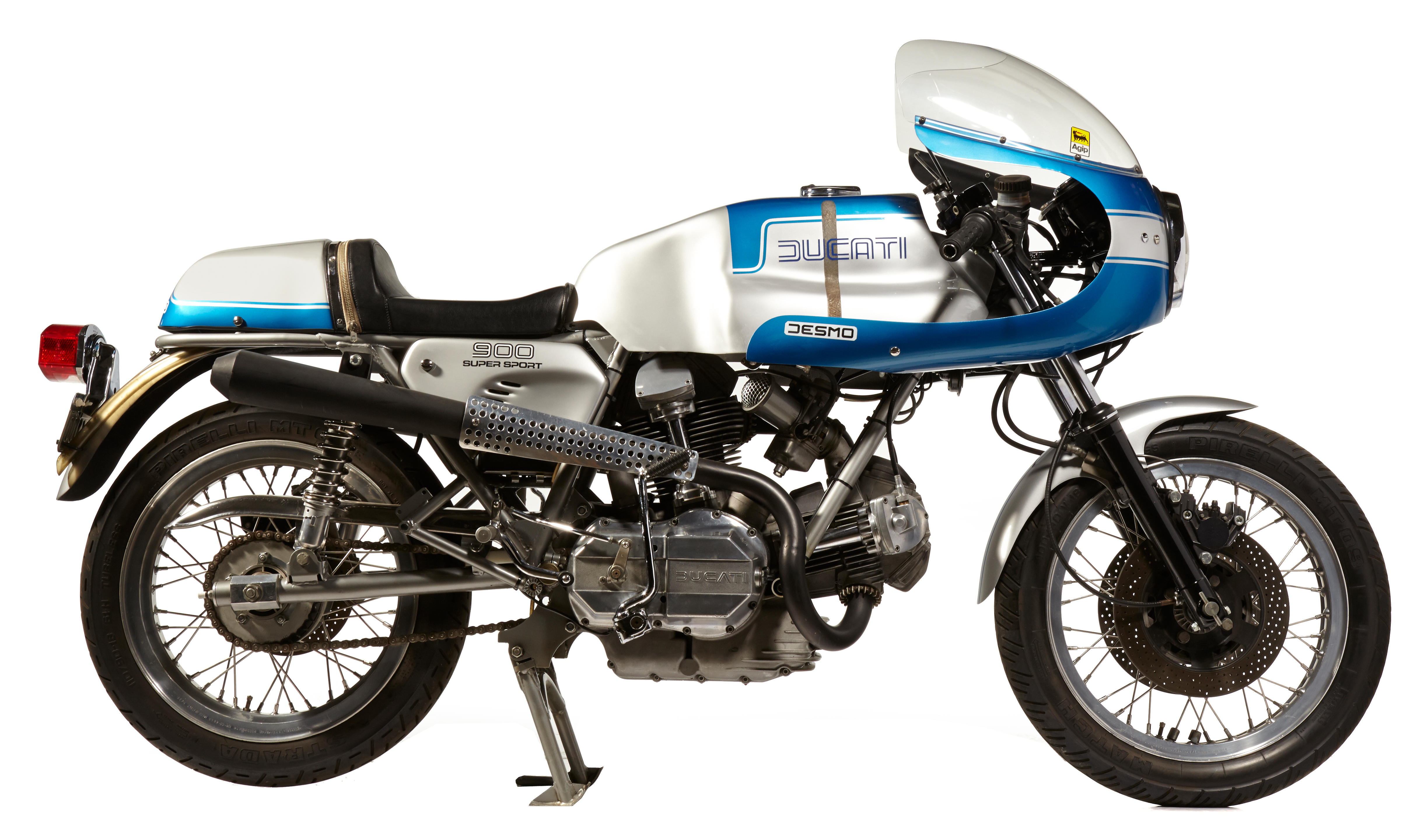
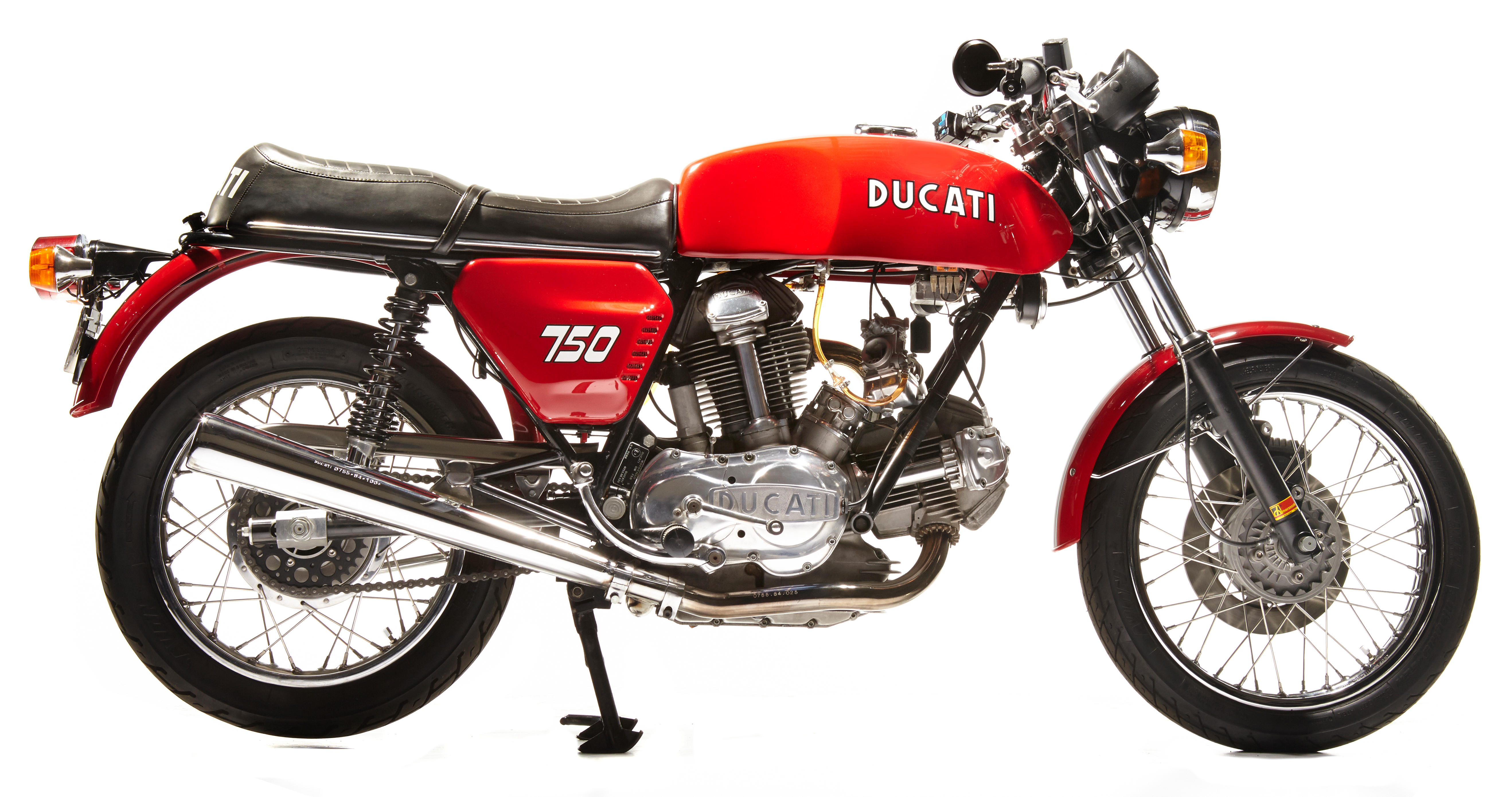

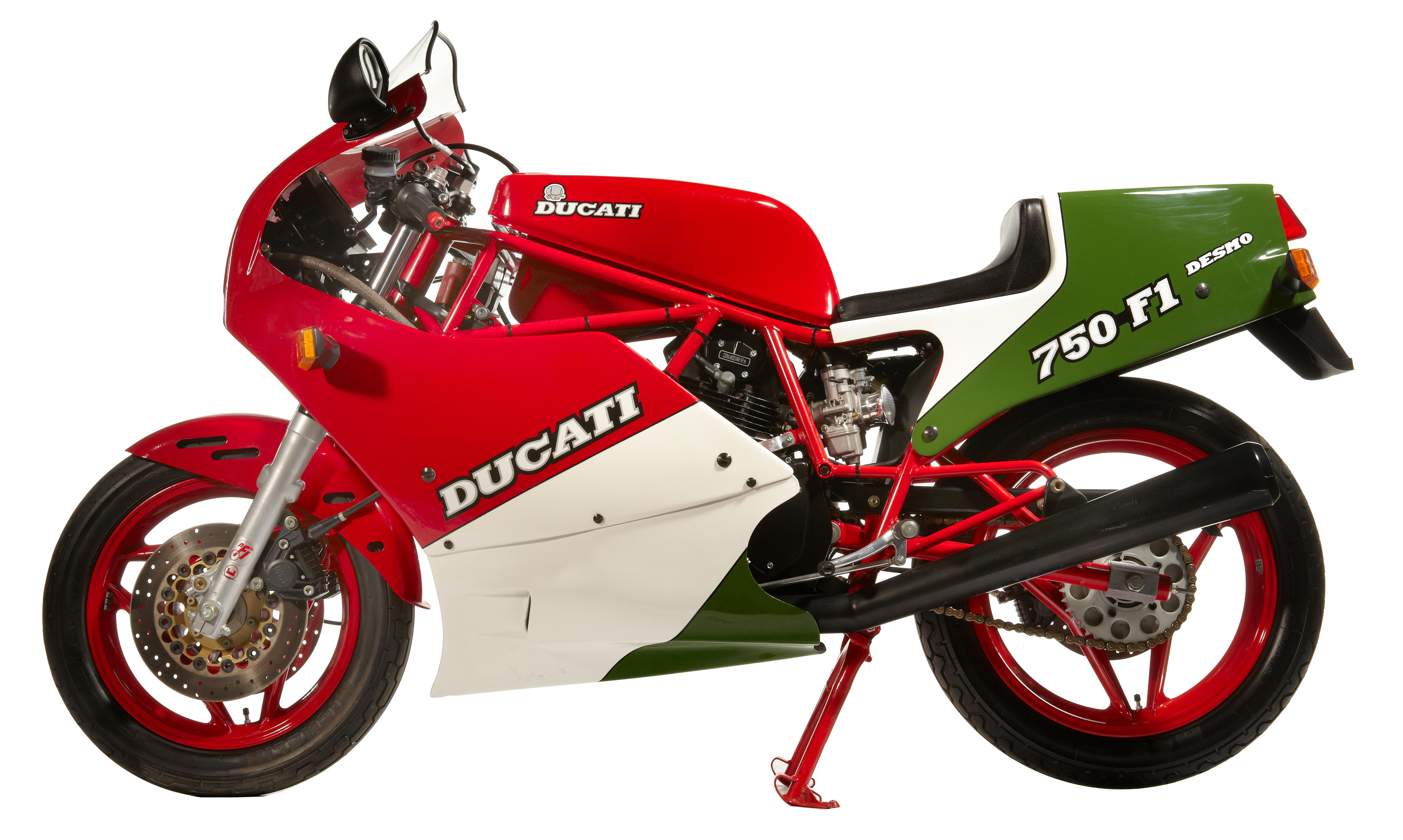

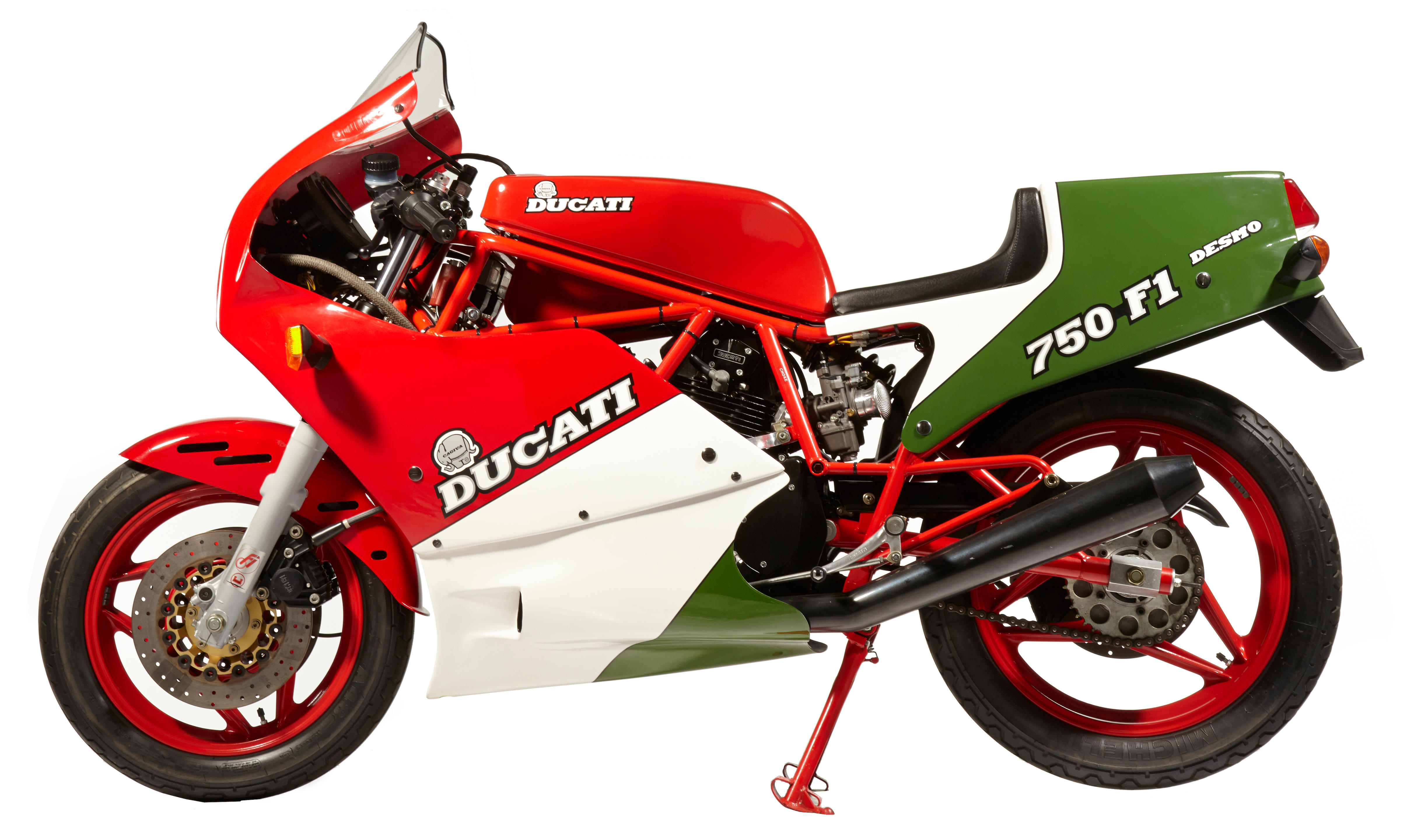
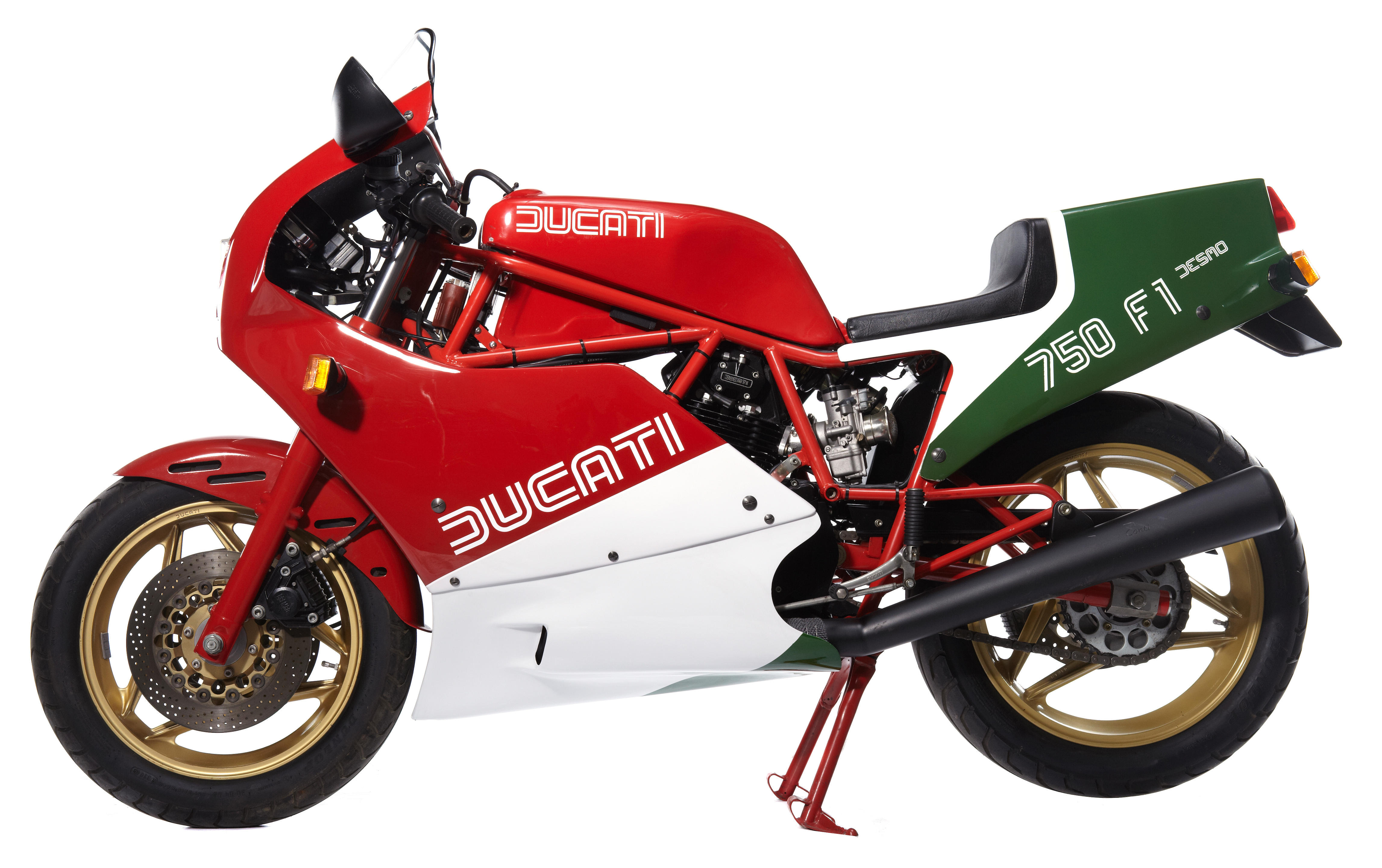


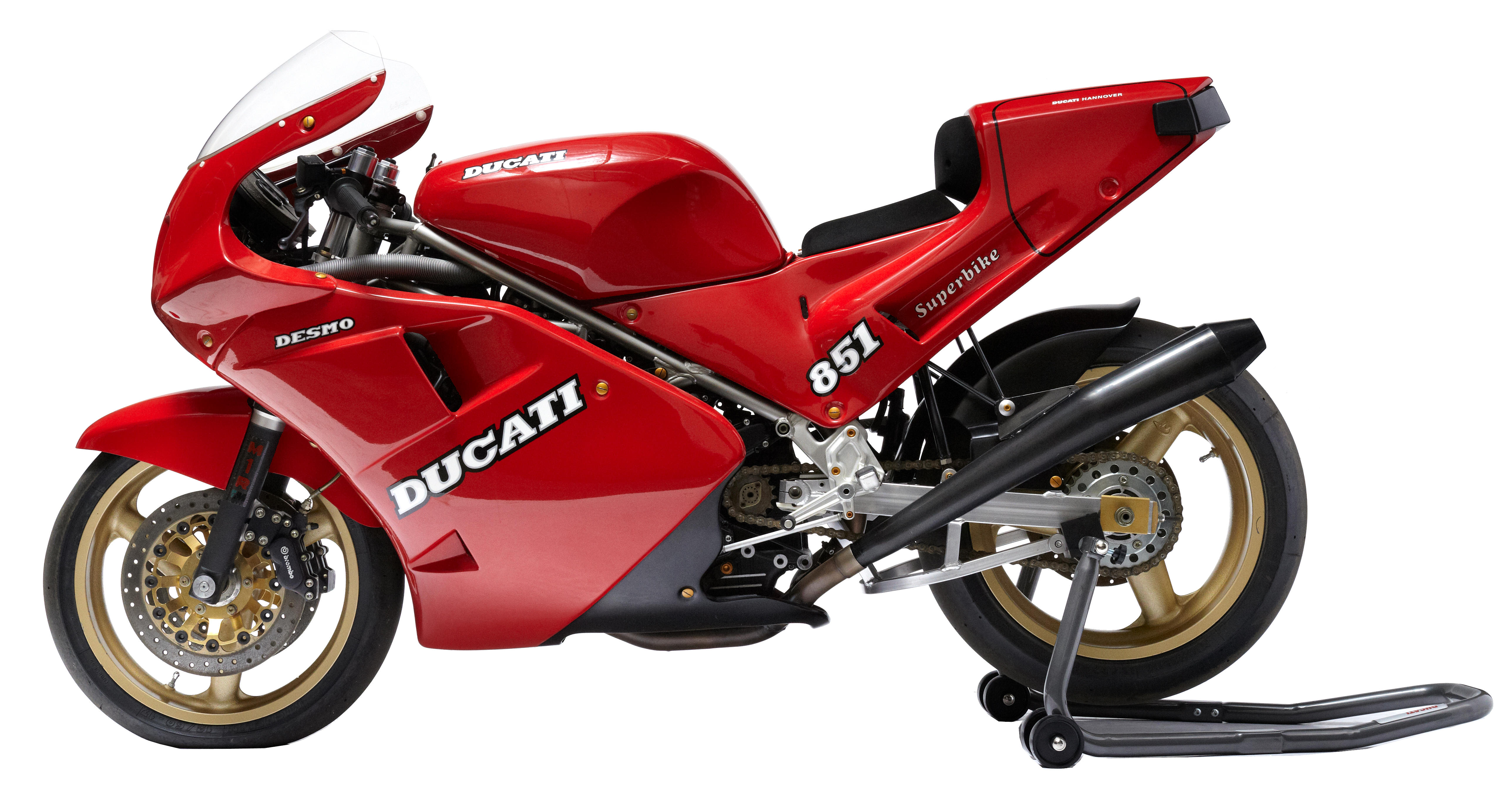
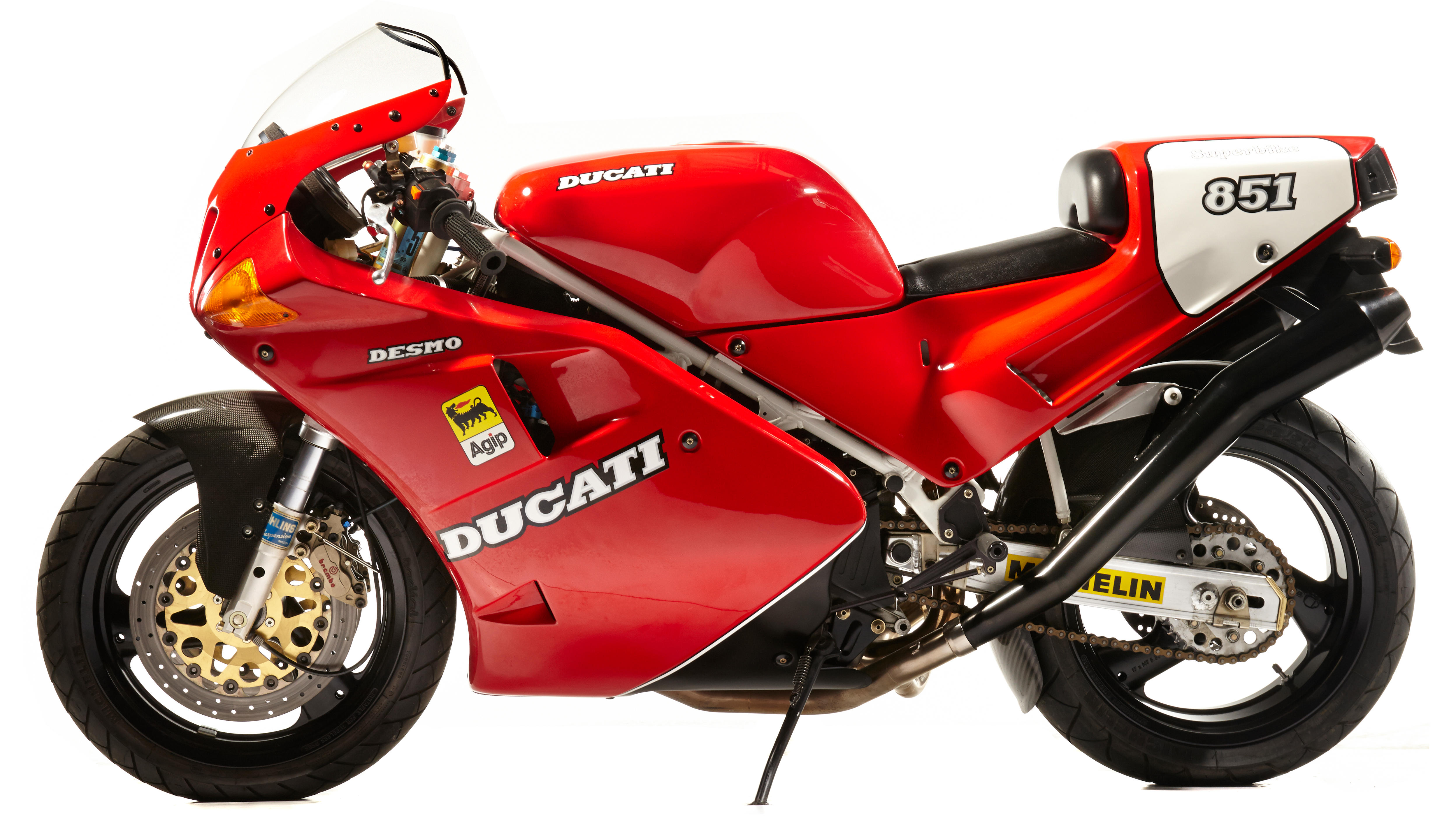
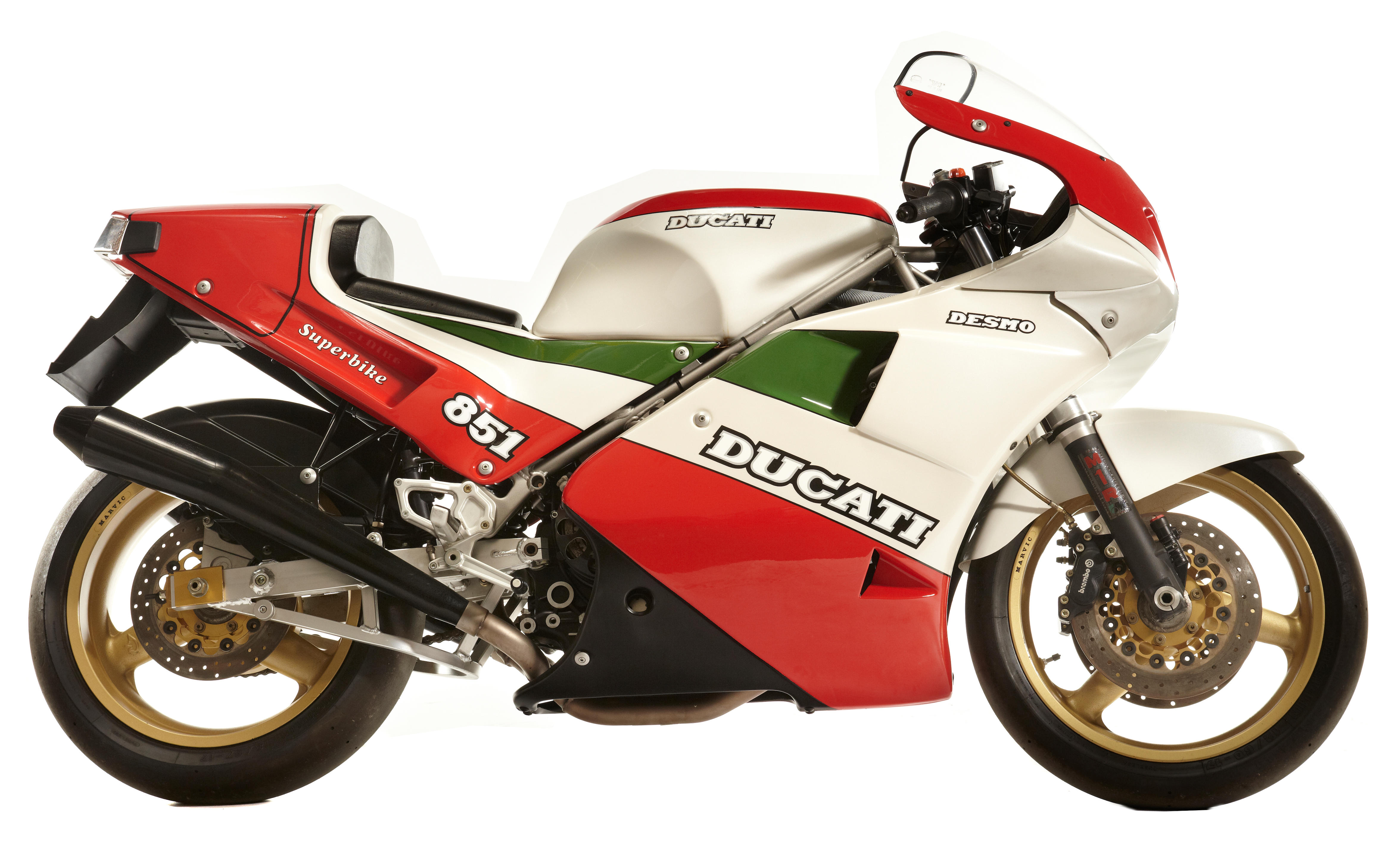


Try LotSearch and its premium features for 7 days - without any costs!
Be notified automatically about new items in upcoming auctions.
Create an alert